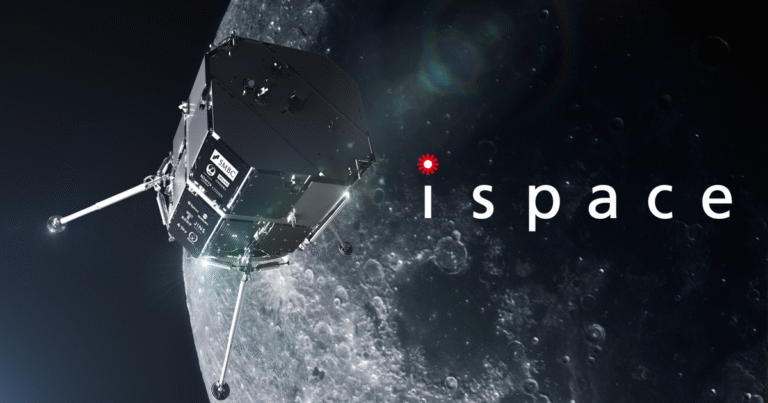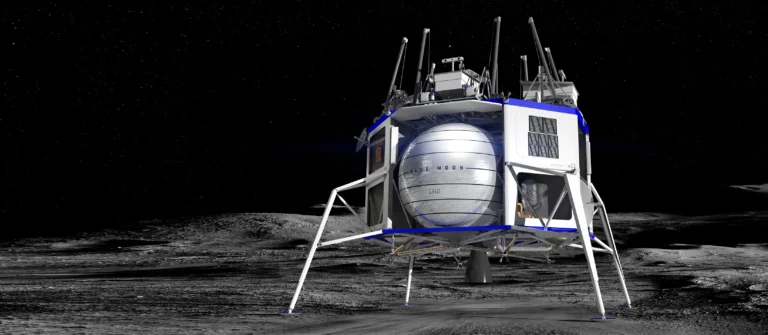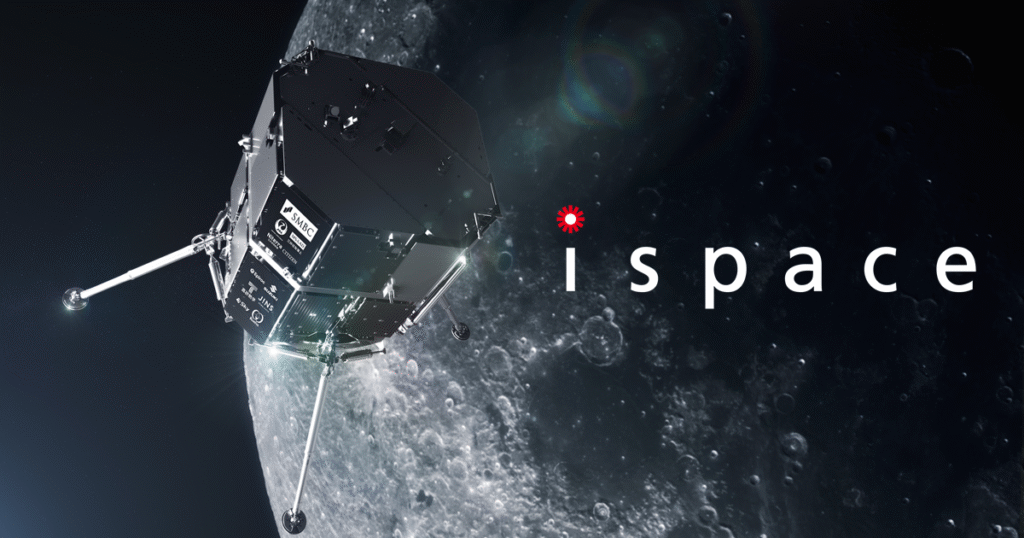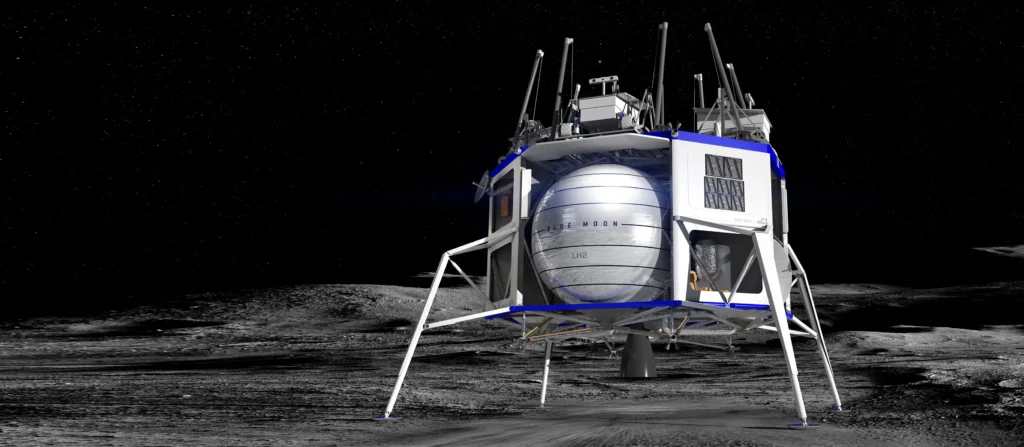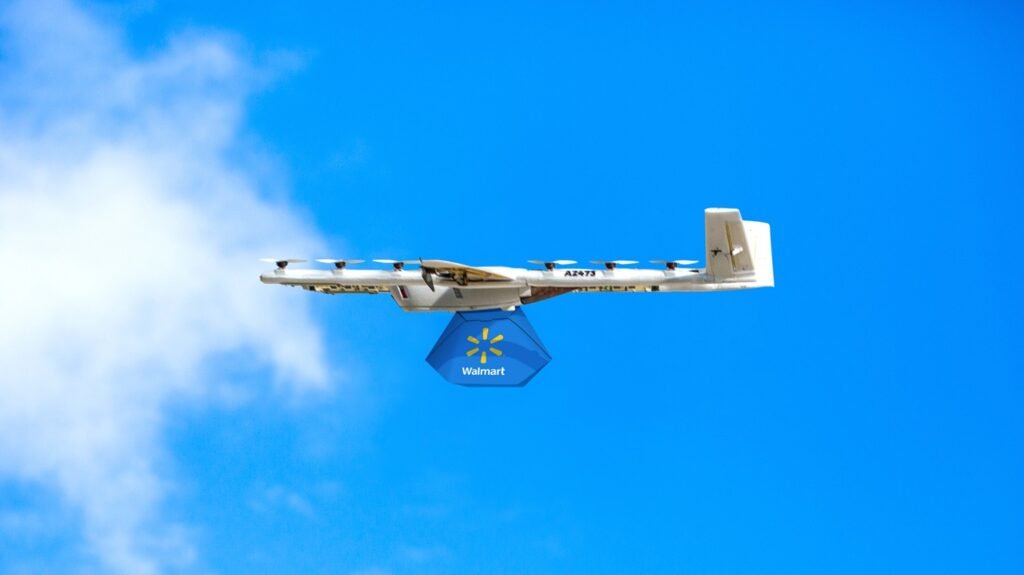The new space race is heating up, but it is not without its failures. Japan’s ispace, a key player in the commercial lunar economy, recently faced a significant setback with its second moon landing attempt. On June 5, 2025, the “Resilience” lander crashed on the lunar surface, a crushing blow after its 2023 failure. This event, however, showcases the immense determination and ispace moon landing resilience needed to succeed in this new era of space exploration. The company, backed by international partners, continues its quest despite the technical hurdles. This unwavering resolve proves that the true measure of success is not a single landing but the ability to learn and persevere.
What Caused the ispace Moon Landing Resilience Test?
According to a detailed analysis by ispace, a critical technical issue arose during the final descent phase of the mission. The on-board laser rangefinder, which is essential for measuring the lander’s altitude, experienced an anomaly. This hardware failure meant the lander could not properly determine its distance from the lunar surface. As a result, the spacecraft was unable to decelerate to the required speed for a soft landing, causing it to crash. This specific technical glitch was distinct from the software issue that caused the previous failure, indicating new lessons learned for the company. Despite the crash, the successful launch and orbital maneuvers prove a high degree of ispace moon landing resilience and mission-planning capability.
A Global Collaboration Driving ispace Moon Landing Resilience
The quest for lunar resources is a global effort, and ispace is at the center of it. The “Resilience” mission included payloads from the UAE and Canada, highlighting a growing trend of international private-sector collaboration. These partnerships demonstrate a shared vision for a lunar economy and highlight the strategic importance of securing access to these valuable sites. The lessons from each failure are crucial for advancing technology and ensuring the success of future missions. This spirit of collaboration and the ability to continue forward despite setbacks is the very definition of ispace moon landing resilience and will be vital for the entire industry.
The Future of the Commercial Lunar Market
The crash of the “Resilience” lander does not mean the end of the commercial lunar market. This high-risk, high-reward industry is built on the very idea that lessons learned from failures will lead to future success. The global impact of this mission lies in its attempt to establish a commercial lunar supply chain, with an eye on the lucrative prospect of lunar water ice mining. The company’s continued efforts, even after two failures, is a testament to the high-stakes environment of space exploration and the unwavering determination required to succeed in the ultimate frontier. The company’s journey is proof that the commercial lunar market is not just a dream but a hard-fought reality.
Next Steps for ispace’s “Never Quit” Quest
Ispace’s CEO, Takeshi Hakamada, has affirmed that the company will not give up on its lunar quest, embracing the motto, “Never Quit the Lunar Quest.” The company is already planning its next two missions, Mission 3 and Mission 4, which will use a much larger lander designed in collaboration with Draper Laboratory and ispace-U.S. The next mission, targeting a launch in 2027, will aim for a different landing site on the lunar far side. This continued effort despite two setbacks perfectly embodies the name of their lost spacecraft—Resilience. This journey is a testament to the high-risk, high-reward nature of space exploration.
For more news and updates, please visit PFM Today.




